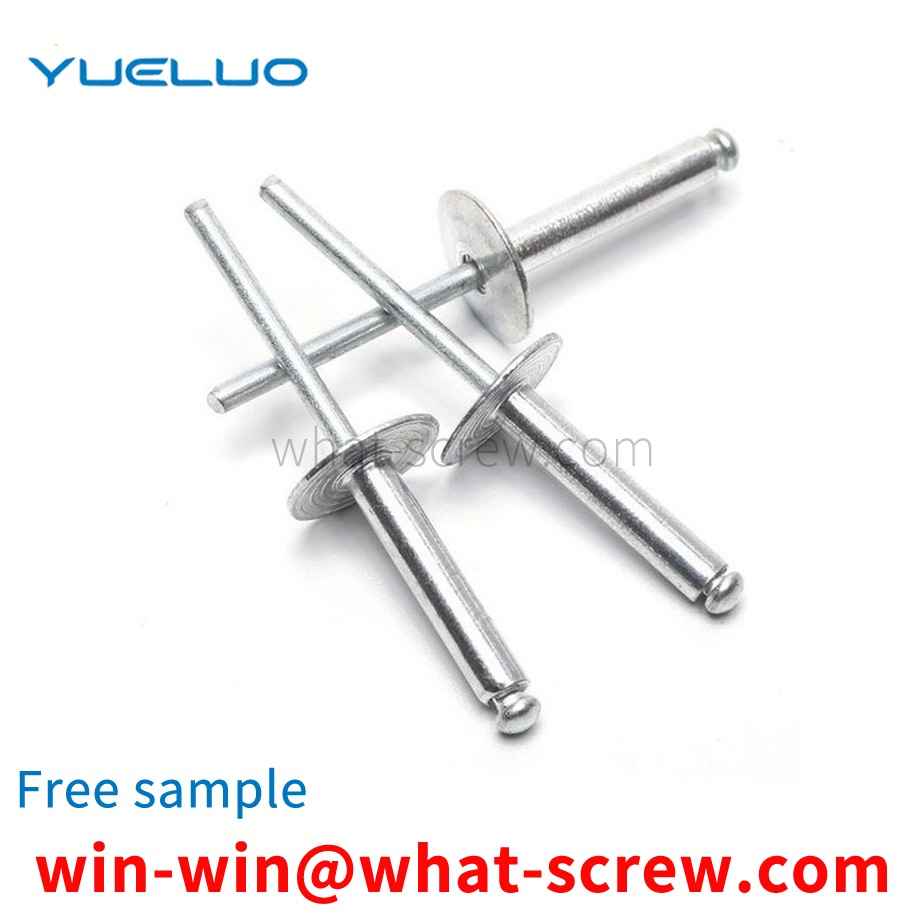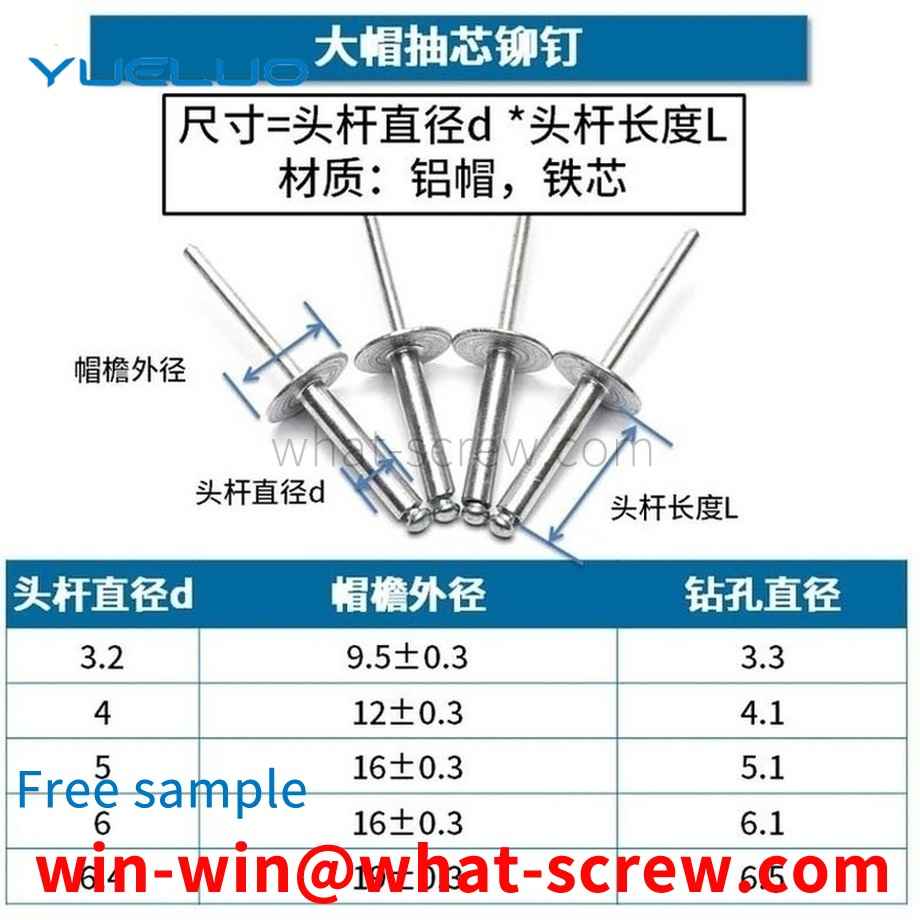Screws are often used on objects, such as data storage, to support the objects on a bracket. Since the item will vibrate during operation or when subjected to shock, if the shock is not minimized, the item will be damaged. Therefore, some cushioning elements with cushioning properties are applied to the article. The buffer is fixed to the object by the screw. When the object vibrates, the buffer will reduce the vibration, thereby reducing the damage to the object. However, since the buffer is exposed Therefore, when the object is installed or disassembled, the object is moving relative to the bracket, and the friction between the buffer and the bracket will cause the buffer to move. It is very easy to age, thus greatly reducing its service life. SUMMARY OF THE UTILITY MODEL In view of the above, it is necessary to provide a screw combination that can protect a buffer member with buffer performance to improve its service life. A screw combination includes a screw, an elastic retaining ring and a buffer, the screw includes a nut, a threaded portion and a neck formed between the nut and the threaded portion, the retaining ring It is fixed on the neck of the screw, the buffer is sleeved on the screw, and the screw combination further includes a cover set on the screw, and the cover includes a top and a forming part. In the shielding part of the top, the top is located between the nut and the retaining ring, and is blocked by the nut and the retaining ring so as not to be separated from the screw, and the shielding part covers the The retaining ring and the buffer element are slightly exposed from the shielding part. Compared with the prior art, the screw assembly of Guangdong Yueluo Hardware Industry Co., Ltd. protects the buffer by covering the buffer by the shutter, thereby increasing its service life.
Generally, the bolts or nuts used to press workpieces or fixtures in the T-slot of the machine tool table are made into square or rectangle. Things are very inconvenient.
through-hole mounting nut, comprising a hexagonal portion 1 and a cylindrical portion 2, a threaded hole 3 is provided between the hexagonal portion 1 and the cylindrical portion 2, and two grooves 4 are opened on the cylindrical portion 2, and each of the two sides of the groove 4 has a The raised side 5, the two sides protruding from the sheet metal part 7, if squeezed or hit by the bolt 8, it will bend to both sides and buckle on the sheet metal part, so that it is not welded directly. Rubber can also be used. Each of the upper surfaces of the side edges 5 is provided with a convex point 6 so that the hammer will not slip when hitting.
The core rivet is another type of single-sided riveting. When riveting, the head of the rivet is hit with a hammer to expose the core, so that it is flush with the end face of the nail head, that is, the riveting operation is completed, which is very convenient, especially suitable for inconvenient Riveting occasions using ordinary rivets (which must be riveted from both sides) or blind rivets (lack of a rivet gun). Usually use flat head rivets, countersunk head rivets are suitable for occasions where smooth riveting is required on the surface. Some rivets can also be matched with clothing, becoming a popular element today, mostly the representative of punk style. In addition, there are paired rivets, which are special. Divided into two parts, the thicker section of the rod with a cap has a hole in the center, and the other section of the rod with a cap is an interference fit. When riveting, drive the thin rod into the thick rod.
Comparing the physical properties of stainless steel and carbon steel, the density of carbon steel is slightly higher than that of ferritic and martensitic stainless steel, but slightly lower than that of austenitic stainless steel; the resistivity is based on carbon steel, ferritic, martensitic and The order of austenitic stainless steel is increasing; the order of linear expansion coefficient is similar, austenitic stainless steel is the highest and carbon steel is the smallest; carbon steel, ferritic and martensitic stainless steel are magnetic, austenitic stainless steel is non-magnetic, But its cold work hardening will generate magnetism when it is transformed into intensite, and heat treatment method can be used to eliminate this martensitic structure and restore its non-magnetic properties. Compared with carbon steel, austenitic stainless steel has the following characteristics: 1) High electronegative rate, which is about 5 times that of carbon steel. 2) The large coefficient of linear expansion is 40% larger than that of carbon steel, and with the increase of temperature, the value of the coefficient of linear expansion of stainless steel screws increases accordingly. 3) Low thermal conductivity, about 1/3 of carbon steel.
We have many years of experience in the production and sales of screws, nuts, flat washers, etc. The main products are: grade 12 fine pitch hexagon nuts, furniture connection screws, combination screws and bolts, black flat washers and other products, we can provide you with suitable products for you. Fastener Solutions.



















 Service Hotline
Service Hotline




